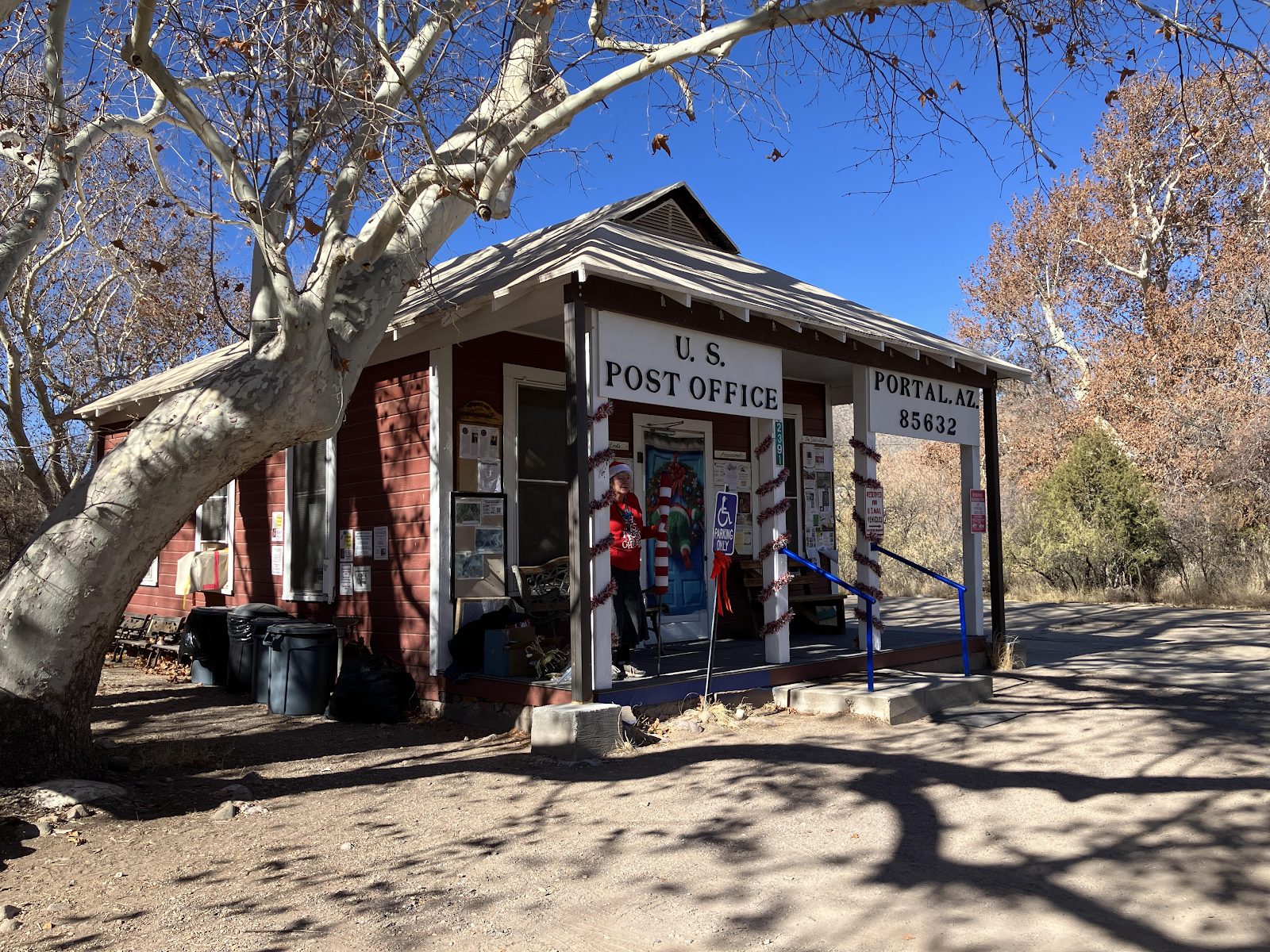Boom and Bust 5.31.21
In spite of new technology, it seems not all the world is a
good place for a cell or internet signal, and central Montana is one of those
places. There was research and other
work to be done so we spent several days in the town of Lewiston, Montana,
having been unable to get a signal in a large area farther north and east. On Tuesday the 24th we had dinner
to celebrate our May 23 anniversary – a delicious seafood dinner with a full
salad bar at a local restaurant, Harry’s Place. In discussion with our
gregarious server, we discovered that neither the owner of the restaurant nor
the chef are named Harry, and no one is sure who Harry is any more. I had wanted to dress up a bit to eat
out. LCR felt it was not necessary. Sure enough, even our server wore jeans and a
faded shirt with a sports team logo. We
have found Montana to be a state for very casual dress, with shorts and sandals
being the norm regardless of the weather.
Finally, on Friday, May 28, we had some time to get
out. During all this time the weather
had continued very cool and very windy.
In fact, we almost did not set out on Friday, but the wind turned out to
be the least of our problems.
It's a good thing we enjoy just driving around the
mountains, because due to GPS being just plain wrong and two maps that were
either misleading or incomplete, we simply could not find all the places we
wanted to see. (I must defend my trusty
Rand McNally Road Atlas – it was not wrong; but the area we were looking for
was in the center of a page where the staples go along with white space on both
sides.) We were in the Judith Mountains,
which were named after the fiancé of one of the members of the Lewis &
Clark expedition. This is an island
mountain range, so called because it is separate from the northern
Rockies.
We did manage to find the ghost town of Kendall, MT. Kendall was one of several towns in the area
that experienced a boom and then a bust.
Industrial grade gold ore was discovered around 1900. By 1911 the town had boomed from 200
residents to 1500 and back down to 200 when the gold played out. Many miles from anything, all that is left
are ruins of a few buildings. The one in the photo was the main business and
bank. At the height of the boom, there
were stores, churches, and even an opera house. The new silent movies came to
town, and the opera house started showing movies at the same time on Sunday
nights that the largest church held services.
The minister spoke out against the corrupting influence of moving
pictures, but the opera house eventually just changed the show times.
We met talkative, friendly people in Lewistown, and central Montana in general, in contrast to the sometimes chilly reception farther north.
Heading to the Billings area next. Warmer days are forecast!



Comments
Post a Comment